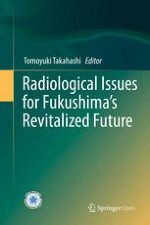1.1 Introduction
1.2 Experimental
1.2.1 Sample Preparation
Notation | Period of immersion in CsCl(aq) | Period of immersion in KCl(aq) after immersion in CsCl(aq) |
|---|---|---|
illite_prisitine | – | – |
illite_1d | 1 day | – |
illite_6m | 6 months | – |
illite_2y | 2 years | – |
illite_2y_KCl2h | 2 years | 2 h |
illite_2y_KCl2d | 2 years | 2 days |
kaolinite_pristine | – | – |
kaolinite_1d | 1 day | – |
kaolinite_6m | 6 months | – |
